Stefan Witteman, Client Experience Lead at HSBC Private Bank, shares sharp insights on why NPS remains critical, why CSAT may be outdated, and how AI can elevate private banking—if guided by ethics, equity, and a human-first mindset.
NPS plays a critical role in HSBC Private Bank’s CX strategy. It’s a trusted, leadership-anchored metric that links directly to revenue and performance. Removing it would disrupt continuity and weaken internal CX momentum, says Stefan Witteman, Client Experience Lead at HSBC Bank.
“We only measure relationship NPS (rNPS) once a year as our clients are very busy and we don’t want to interrupt them too much with surveys. But it’s an important CX metric for the Private Bank as it clearly indicates relationship health, provides year-on-year trends, and correlates with core business outcomes such as revenue.”
Stefan helps improve the end-to-end experience for high-net-worth clients across global markets. With a background in client experience roles at HSBC, Barclays, ABN AMRO, Kindred, and Entain, he brings a unique blend of financial services and digital expertise. Stefan supports Relationship Managers and booking centres by driving journey improvements, measuring client satisfaction, and championing service enhancements in areas like payments and digital channels.
According to him, while CSAT has value in certain contexts, it is less strategic. It often lacks connection to financial outcomes and benchmarks, making it harder to justify investment compared to metrics like NPS that support long-term client relationship decisions.
He’s also optimistic about AI’s role in scaling personalisation but stresses the need for human oversight, ethical safeguards, and equity to avoid one-size-fits-all experiences or bias in financial services.
Excerpts from the interview:
If Net Promoter Score (NPS) were removed from your measurement framework tomorrow, what would the implications be—for better or worse?
Removing NPS would be a big shift. It’s our main CX metric and appears first in our annual client relationship survey for a reason. We only measure relationship NPS (rNPS) once a year as our clients are very busy and we don’t want to interrupt them too much with surveys. But it’s an important CX metric for the Private Bank as it clearly indicates relationship health, provides year-on-year trends, and correlates with core business outcomes such as revenue. It’s embedded in leadership scorecards and widely used in performance tracking. It’s easy to understand, benchmark, and communicate across teams. Replacing it would require time to build trust in a new metric, establish historical context, and engage employees. I’ve also seen composite CX metrics being used before, but they often confuse more than they clarify from my experience. Ultimately, any core CX metric should correlate with financial value to support the business case for investment. So, while replacing NPS is possible, it would temporarily weaken our internal CX narrative and require careful transition planning.
ALSO READ: To Drive ROI, CX Leaders Must Move Beyond Vanity Metrics
In your view, are there any long-standing CX metrics that persist more out of tradition than impact? Which, if any, would you consider retiring—and why?
Customer Satisfaction (CSAT) is probably one I’d consider retiring but it all depends on the context. It typically measures single interactions, providing a limited view that rarely connects clearly to outcomes like retention or revenue growth. Without that business impact, it’s tough to build a compelling case for CX investment. Also, CSAT doesn’t offer much benchmarking value anymore. That said, if a metric drives real action in your organisation, it has huge value. The goal is to improve client experience and business outcomes. Not to obsess over the perfect metric. If CSAT gets people moving and makes sense for your business, then it works. But personally, I’d prioritise metrics that are easier to connect to financial value and long-term relationships. That’s where NPS can offer more strategic insight for long-term decisions. It also allows you to benchmark your performance against competitors.
How do you balance excitement and caution when considering the transformative impact of AI on customer expectations in banking?
AI is hugely exciting, but it’s important to focus on a few use cases that really deliver value. At HSBC, they took a measured approach. Starting small, forming a group of ambassadors, and collecting and driving practical use cases before scaling. There’s a big appetite for anything AI within the company and colleagues are eager to get their hands on it for everyday tasks like summarising documents, translations, etc. But more advanced use cases such as support with fraud detection or portfolio insights are also on the horizon. It’s important to give employees access to safe, approved tools and communicate clearly about what’s being developed. But to me the human element remains essential. I recently closed a long-held account with a digital wallet after a single frustrating chatbot experience. It simply didn’t allow me to speak to a human and couldn’t answer my question. This demonstrates how quickly poor AI implementation erodes trust. The key is to integrate AI in a way that enhances, not replaces, the human touch—especially in high-trust environments like private banking.
ALSO READ: AI in CX? Proceed with Caution (Red Flags Everywhere)
Do you think AI could inadvertently create a ‘one-size-fits-all’ approach in CX by narrowing down personalisation options to only what algorithms determine is best, potentially alienating diverse customer needs?
Yes, that’s a real risk. Especially if AI models aren’t properly governed. Algorithms can unintentionally exclude or favour certain segments. This we saw in the case of Amazon’s recruitment AI which had a gender bias. But when used responsibly, AI can actually unlock better personalisation and help businesses serve diverse needs more efficiently and effectively. Many companies struggle to tailor experiences for different segments. They are looking for bespoke experiences that are delivered persistently and consistently across every single interaction. AI has the potential to solve this by scaling personalisation in a smart and structured way. The challenge lies in designing systems that deliver consistent, fair, and differentiated experiences—guided by clear ethical principles and human oversight.
How do you address the potential for AI to create inequitable experiences?
Ensuring equity in AI starts with responsibility. At HSBC, ethical AI principles guide how data is used to make decisions. Everyone from frontline staff to data scientists play a role in maintaining these standards. AI should be designed to respect privacy, protect data, and serve a clear purpose. Bias in training data is a major risk as it can lead to unfair treatment and damage trust. And this reputational risk is huge for an established bank like HSBC. That’s why explainability, proper controls, and regular audits are essential. Companies need to be transparent about how AI decisions are made and continuously improve based on learnings. Hidden biases or unintended consequences require vigilant monitoring and correction to make sure no one is unfairly treated. AI should elevate experiences for all clients and not just the majority that are easiest to serve or make the most money.
ALSO READ: Most CX Dashboards Are Digital Graveyards









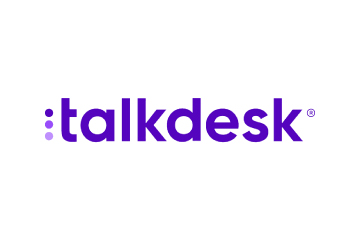

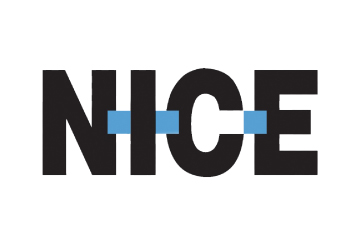


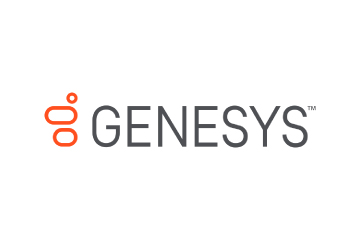
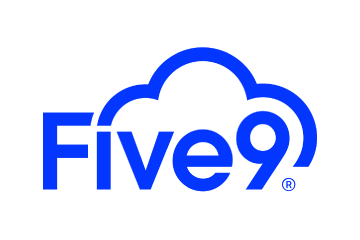


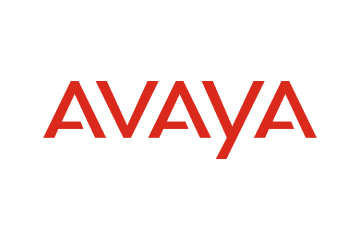
 Amplitude is a product analytics platform, enabling businesses to track visitors with the help of collaborative analytics. The platform leverages the capabilities of
Amplitude is a product analytics platform, enabling businesses to track visitors with the help of collaborative analytics. The platform leverages the capabilities of 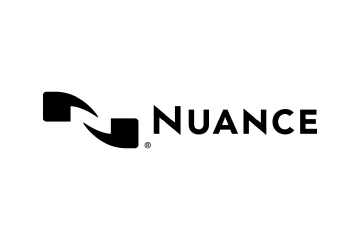

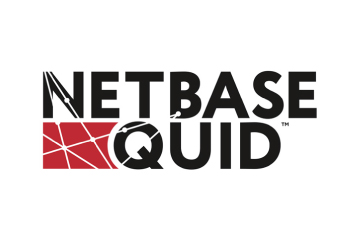
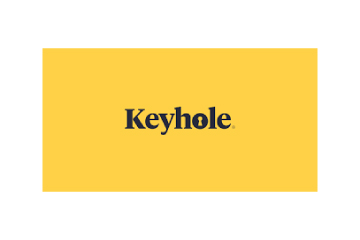
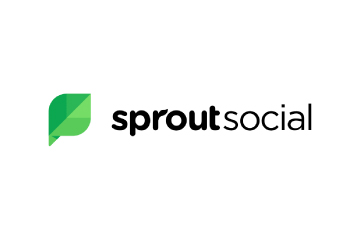
 Zoho Social, a part of Zoho’s suite of 50+ products, is a comprehensive social media management platform for businesses and agencies. The Zoho Social dashboard includes a robust set of features, such as Publishing Calendar, Bulk Scheduler, and Approval Management to offer businesses all the essential social media publishing tools. Its monitoring tools help enterprises track and respond to relevant social conversations.
Zoho Social, a part of Zoho’s suite of 50+ products, is a comprehensive social media management platform for businesses and agencies. The Zoho Social dashboard includes a robust set of features, such as Publishing Calendar, Bulk Scheduler, and Approval Management to offer businesses all the essential social media publishing tools. Its monitoring tools help enterprises track and respond to relevant social conversations.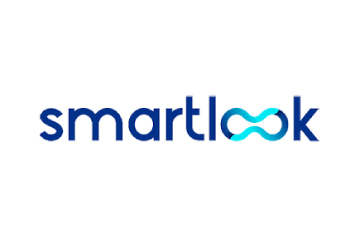

 Microsoft Dynamics 365 represents a robust cloud-based CRM solution with features such as pipeline assessment, relationship analytics, and conversational intelligence. It utilises AI-powered insights to provide actionable intelligence via predictive analytics, lead scoring, sentiment analysis, etc. Currently, Microsoft operates in 190 countries and is made up of more than 220,000 employees worldwide.
Microsoft Dynamics 365 represents a robust cloud-based CRM solution with features such as pipeline assessment, relationship analytics, and conversational intelligence. It utilises AI-powered insights to provide actionable intelligence via predictive analytics, lead scoring, sentiment analysis, etc. Currently, Microsoft operates in 190 countries and is made up of more than 220,000 employees worldwide.
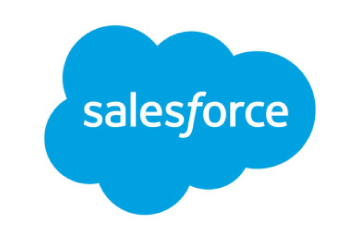
 HubSpot is an inbound marketing, sales, and customer service software provider, offering robust CRM and automation solutions. Some of its products include Marketing Hub, Sales Hub, Operations Hub, Content Hub, Commerce Hub, Marketing Analytics and Dashboard Software. Guided by its inbound methodology, HubSpot enables companies to prioritise innovation and customer success.
HubSpot is an inbound marketing, sales, and customer service software provider, offering robust CRM and automation solutions. Some of its products include Marketing Hub, Sales Hub, Operations Hub, Content Hub, Commerce Hub, Marketing Analytics and Dashboard Software. Guided by its inbound methodology, HubSpot enables companies to prioritise innovation and customer success.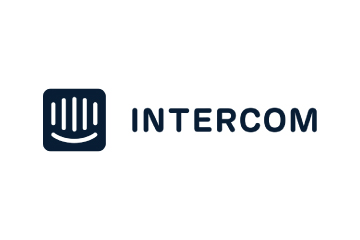
 Monday.com is a project management software company, offering a cloud-based platform that enables businesses
Monday.com is a project management software company, offering a cloud-based platform that enables businesses 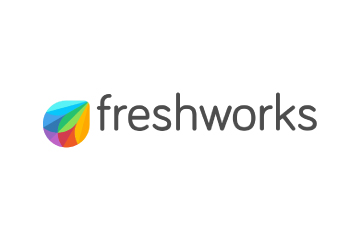 Headquartered in San Mateo, California, Freshworks is a global AI-powered business software provider. Its tech stack includes a scalable and comprehensive suite for IT, customer support, sales, and marketing teams, ensuring value for immediate business impact. Its product portfolio includes Customer Service Suite, Freshdesk, Freshchat, Freshcaller, Freshsuccess, and Freshservice. Freshservice for Business Teams has helped several global organisations to enhance their operational efficiency.
Headquartered in San Mateo, California, Freshworks is a global AI-powered business software provider. Its tech stack includes a scalable and comprehensive suite for IT, customer support, sales, and marketing teams, ensuring value for immediate business impact. Its product portfolio includes Customer Service Suite, Freshdesk, Freshchat, Freshcaller, Freshsuccess, and Freshservice. Freshservice for Business Teams has helped several global organisations to enhance their operational efficiency.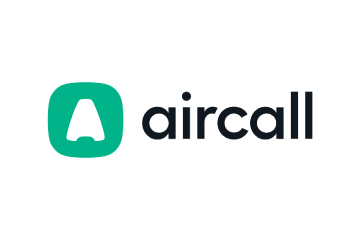
 Talkdesk offers an innovative AI-powered customer-centric tech stack to its global partners. The company provides generative AI integrations, delivering industry-specific solutions to its customers. Talkdesk CX Cloud and Industry Experience Clouds utilise modern machine learning and language models to enhance contact centre efficiency and client satisfaction.
Talkdesk offers an innovative AI-powered customer-centric tech stack to its global partners. The company provides generative AI integrations, delivering industry-specific solutions to its customers. Talkdesk CX Cloud and Industry Experience Clouds utilise modern machine learning and language models to enhance contact centre efficiency and client satisfaction.



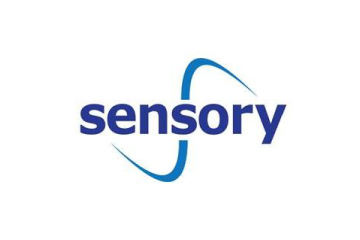
 The company offers comprehensive cloud-based solutions, such as Microsoft Dynamics 365, Gaming Consoles, Microsoft Advertising, Copilot, among other things, to help organisations offer enhanced CX and ROI. Its generative-AI-powered speech and voice recognition solutions,such as Cortana and Azure Speech Services empowers developers to build intelligent applications.
The company offers comprehensive cloud-based solutions, such as Microsoft Dynamics 365, Gaming Consoles, Microsoft Advertising, Copilot, among other things, to help organisations offer enhanced CX and ROI. Its generative-AI-powered speech and voice recognition solutions,such as Cortana and Azure Speech Services empowers developers to build intelligent applications. IBM is a global hybrid cloud and AI-powered
IBM is a global hybrid cloud and AI-powered  Uniphore is an enterprise-class, AI-native company that was incubated in 2008. Its enterprise-class multimodal AI and data platform unifies all elements of voice, video, text and data by leveraging Generative AI, Knowledge AI, Emotion AI and workflow automation. Some of its products include U-Self Serve, U-Assist, U-Capture, and U-Analyze. Its Q for Sale is a conversational intelligence software that guides revenue teams with AI-powered insights, offering clarity on how to effectively keep prospects engaged.
Uniphore is an enterprise-class, AI-native company that was incubated in 2008. Its enterprise-class multimodal AI and data platform unifies all elements of voice, video, text and data by leveraging Generative AI, Knowledge AI, Emotion AI and workflow automation. Some of its products include U-Self Serve, U-Assist, U-Capture, and U-Analyze. Its Q for Sale is a conversational intelligence software that guides revenue teams with AI-powered insights, offering clarity on how to effectively keep prospects engaged. Google Cloud accelerates every organisation’s ability to digitally transform its business. Its enterprise-grade solutions leverage modern technology to solve the most criticial business problems
Google Cloud accelerates every organisation’s ability to digitally transform its business. Its enterprise-grade solutions leverage modern technology to solve the most criticial business problems  8×8 offers out-of-the-box contact centre solutions, assisting all-size businesses to efficiently meet customer needs and preferences. It offers custom CRM integrations support and integrates effortlessly with third-party CRMs like Salesforce, Microsoft Dynamics, Zendesk, and more. Offering global support in all time zones & development teams in 5 continents, its patented geo-routing solution ensures consistent voice quality.
8×8 offers out-of-the-box contact centre solutions, assisting all-size businesses to efficiently meet customer needs and preferences. It offers custom CRM integrations support and integrates effortlessly with third-party CRMs like Salesforce, Microsoft Dynamics, Zendesk, and more. Offering global support in all time zones & development teams in 5 continents, its patented geo-routing solution ensures consistent voice quality. Sprinklr is a comprehensive enterprise software company for all customer-focused functions. With advanced AI, Sprinklr’s unified customer experience management (Unified-CXM) platform lets organisations offer human experiences to every customer, every time, across any modern channel.
Sprinklr is a comprehensive enterprise software company for all customer-focused functions. With advanced AI, Sprinklr’s unified customer experience management (Unified-CXM) platform lets organisations offer human experiences to every customer, every time, across any modern channel.


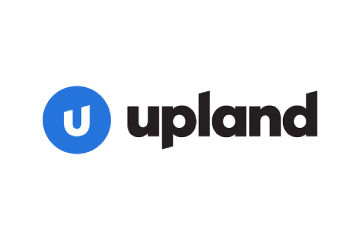 Upland offers a comprehensive suite of contact centre and customer service solutions with products including InGenius, Panviva, Rant & Rave, and RightAnswers. InGenius enables organisations to connect their existing phone system with CRM, further enhancing agent productivity. Panviva provides compliant and omnichannel capabilities for highly regulated industries. Whereas, Rant & Rave, and RightAnswers are its AI-powered solutions,
Upland offers a comprehensive suite of contact centre and customer service solutions with products including InGenius, Panviva, Rant & Rave, and RightAnswers. InGenius enables organisations to connect their existing phone system with CRM, further enhancing agent productivity. Panviva provides compliant and omnichannel capabilities for highly regulated industries. Whereas, Rant & Rave, and RightAnswers are its AI-powered solutions, 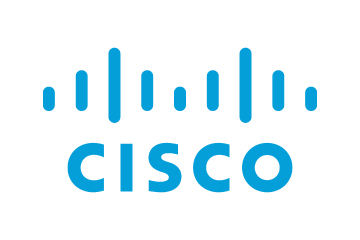

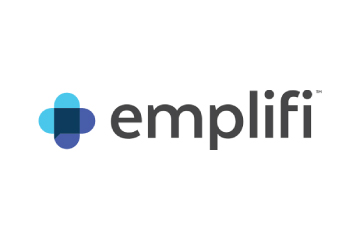
 Hootsuite, headquartered in Vancouver, is a social media management platform that streamlines the process of managing multiple social media accounts. Some of its core offerings include social media content planning and publishing, audience engagement tools, analytics and social advertising. Its easy-to-integrate capabilities help marketing teams to schedule and publish social media posts efficiently.
Hootsuite, headquartered in Vancouver, is a social media management platform that streamlines the process of managing multiple social media accounts. Some of its core offerings include social media content planning and publishing, audience engagement tools, analytics and social advertising. Its easy-to-integrate capabilities help marketing teams to schedule and publish social media posts efficiently.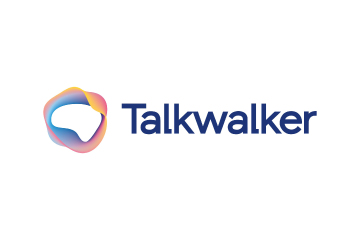
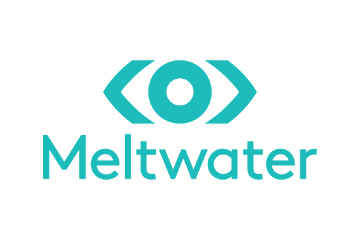
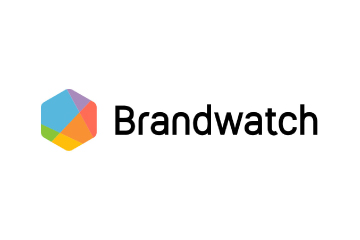 Brandwatch enables businesses to build and scale the optimal strategy for their clients with intuitive, use-case-focused tools that are easy and quick to master. Bringing together consumer intelligence and social media management, the company helps its users react to the trends that matter, collaborate on data-driven content, shield the brand from threats and manage all the social media channels at scale.
Brandwatch enables businesses to build and scale the optimal strategy for their clients with intuitive, use-case-focused tools that are easy and quick to master. Bringing together consumer intelligence and social media management, the company helps its users react to the trends that matter, collaborate on data-driven content, shield the brand from threats and manage all the social media channels at scale.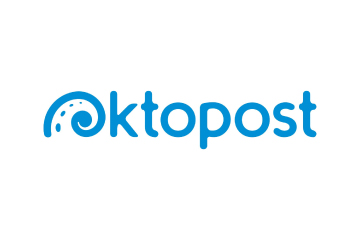
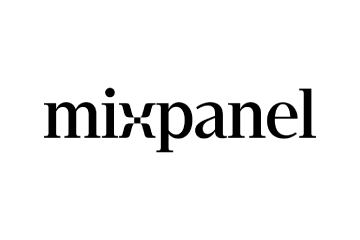
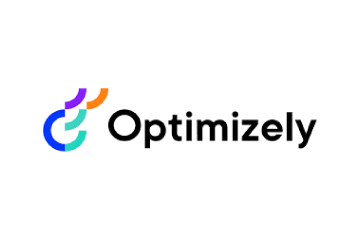
 Adobe Experience Cloud offers a comprehensive set of applications, capabilities, and services specifically designed to address day-to-day requirement for personalised customer experiences at scale. Its platform helps play an essential role in managing different digital content or assets to improve customer happiness. Its easy-to-optimise content gives users appropriate marketing streams, ensuring product awareness.
Adobe Experience Cloud offers a comprehensive set of applications, capabilities, and services specifically designed to address day-to-day requirement for personalised customer experiences at scale. Its platform helps play an essential role in managing different digital content or assets to improve customer happiness. Its easy-to-optimise content gives users appropriate marketing streams, ensuring product awareness. Salesforce-owned Tableau is an AI-powered analytics and business intelligence platform, offering the breadth and depth of capabilities that serve the requirements of global enterprises in a seamless, integrated experience. Marketers can utilise generative AI models, AI-powered predictions, natural language querying, and recommendationsons.
Salesforce-owned Tableau is an AI-powered analytics and business intelligence platform, offering the breadth and depth of capabilities that serve the requirements of global enterprises in a seamless, integrated experience. Marketers can utilise generative AI models, AI-powered predictions, natural language querying, and recommendationsons.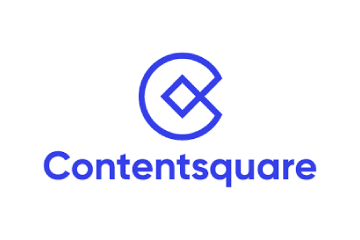 Contentsquare is a cloud-based digital experience analytics platform, helping brands track billions of digital interactions, and turn those digital
Contentsquare is a cloud-based digital experience analytics platform, helping brands track billions of digital interactions, and turn those digital 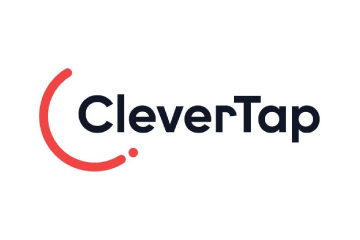
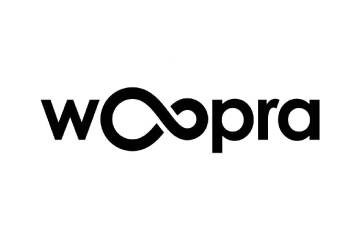
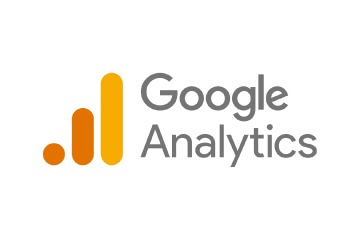
 Zoho Corporation offers innovative and tailored software to help leaders grow their business. Zoho’s 55+ products aid sales and marketing, support and collaboration, finance, and recruitment requirements. Its customer analytics capabilities come with a conversational feature, Ask Zia. It enables users to ask questions and get insights in the form of reports and widgets in real-time.
Zoho Corporation offers innovative and tailored software to help leaders grow their business. Zoho’s 55+ products aid sales and marketing, support and collaboration, finance, and recruitment requirements. Its customer analytics capabilities come with a conversational feature, Ask Zia. It enables users to ask questions and get insights in the form of reports and widgets in real-time.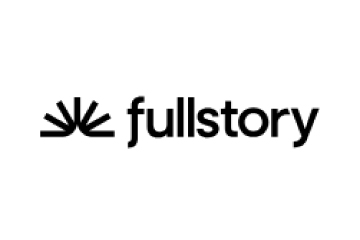 Fullstory is a behavioural data platform, helping C-suite leaders make informed decisions by injecting digital behavioural data into its analytics stack. Its patented technology uncovers the power of quality behavioural data at scale, transforming every digital visit into actionable insights. Enterprises can increase funnel conversion and identify their highest-value customers effortlessly.
Fullstory is a behavioural data platform, helping C-suite leaders make informed decisions by injecting digital behavioural data into its analytics stack. Its patented technology uncovers the power of quality behavioural data at scale, transforming every digital visit into actionable insights. Enterprises can increase funnel conversion and identify their highest-value customers effortlessly.
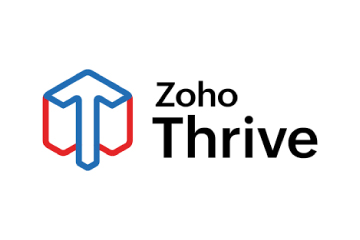
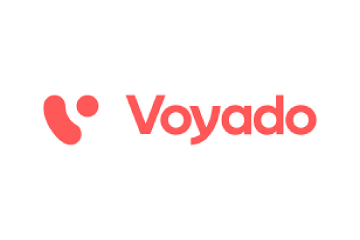 Started in 2005 in a Sweden-based small town, Norrköping, Voyado offers a customer experience cloud platform that includes a customer loyalty management system. This platform helps businesses design and implement customer loyalty programs, track customer
Started in 2005 in a Sweden-based small town, Norrköping, Voyado offers a customer experience cloud platform that includes a customer loyalty management system. This platform helps businesses design and implement customer loyalty programs, track customer 
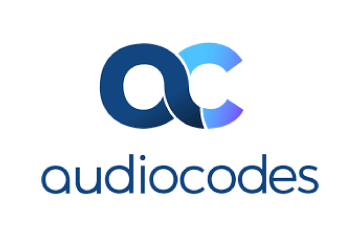


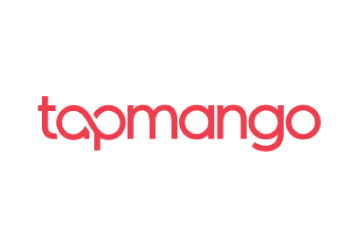 TapMango provides a comprehensive, customisable, flexible and feature-rich customer loyalty program. The loyalty tools include an integrated suite of customised consumer-facing technology, easy-to-use merchant tools, and automation algorithms, all aimed at enhancing customer experience. Adaptable to any industry, TapMango’s platform helps merchants compete with larger chains, converting customer one-time purchases into profitable spending habits.
TapMango provides a comprehensive, customisable, flexible and feature-rich customer loyalty program. The loyalty tools include an integrated suite of customised consumer-facing technology, easy-to-use merchant tools, and automation algorithms, all aimed at enhancing customer experience. Adaptable to any industry, TapMango’s platform helps merchants compete with larger chains, converting customer one-time purchases into profitable spending habits.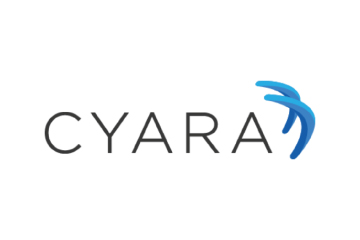
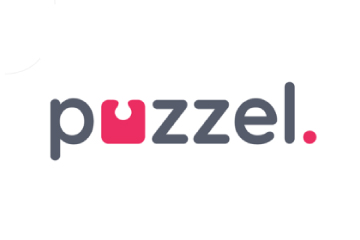
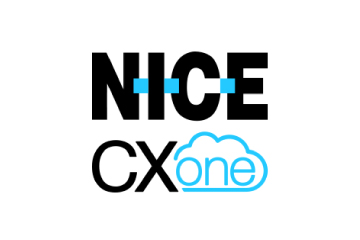
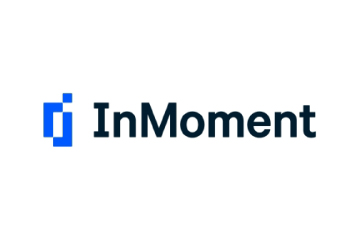



 Adobe Experience Cloud offers a comprehensive set of applications, capabilities, and services specifically designed to address day-to-day requirements for personalised customer experiences at scale. Its innovative platform has played an essential role in managing different digital content or assets, to improve customer happiness or satisfaction. Some of its products include Adobe Gen Studio, Experience Manager Sites, Real-time CDP, and Marketo Engage.
Adobe Experience Cloud offers a comprehensive set of applications, capabilities, and services specifically designed to address day-to-day requirements for personalised customer experiences at scale. Its innovative platform has played an essential role in managing different digital content or assets, to improve customer happiness or satisfaction. Some of its products include Adobe Gen Studio, Experience Manager Sites, Real-time CDP, and Marketo Engage.

